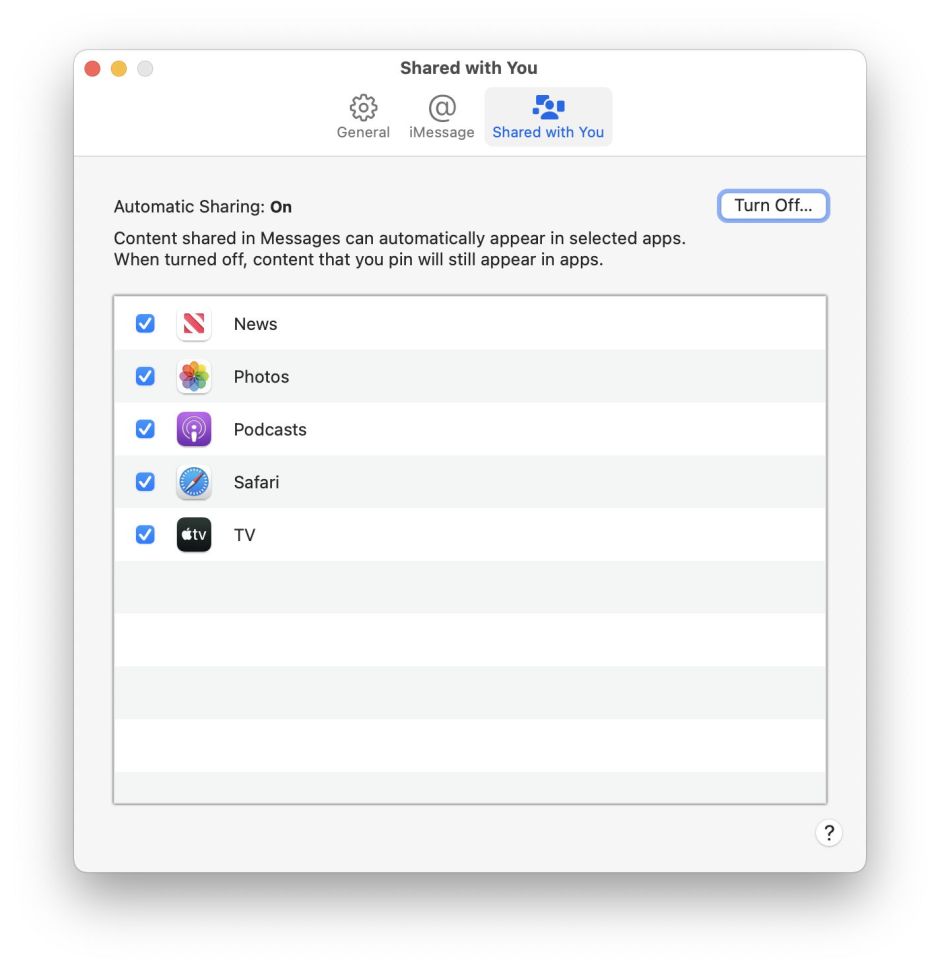By rights, settings in an app should only control the behaviour of that app. Settings for macOS behaviours should be controlled in System Settings, after all that’s what the name says. However, over the years Apple has hidden some away in its bundled apps, leaving users confused as to how these settings get changed without their control. Here’s a list of useful and important system settings you might otherwise struggle to find. For good measure, I’ve included some that, although placed logically, aren’t easy to remember.
Default email reader
This is set in the Mail app’s Settings > General; third-party mail clients may also assist in checking this is set correctly.
Default calendar app
This is set in the Calendar app’s Settings > General.
Default for calls (default call handler)
This is set at the foot of the FaceTime app’s Settings > General. It may be changed without warning by third-party apps like Skype, but they don’t offer the control in their own preferences, which can cause confusion.

Default Script Editor
This is set in Script Editor’s Settings > General.
Script menu
Show script menu in menu bar is also set in Script Editor’s Settings > General.
App Store Automatic Updates
Although correctly placed, this can now be set either in the App Store app’s Settings, or in the Software Update settings with other update options.
Shared with You
This covers content shared in Messages which appears in other apps, and control over whether that sharing is automatic. This is set in the Messages app’s Settings > Shared with You for all such shared content.

iTunes authorisation
This is controlled in the Music and TV apps’ menu Account > Authorisations.
Default web browser
This is set in System Settings > Desktop & Dock; third-party browsers may offer to change this setting for you.
Screenshot options
To change the destination and other details for screenshots, press Command-Shift-5 for its floating panel with the Options menu.
There are, of course, several third-party apps that give more coherent and extensive access to these and other controls, but it’s frustrating that instead of rationalising them, System Settings doesn’t centralise them any better than System Preferences did.
App Store corrected 31 July.
